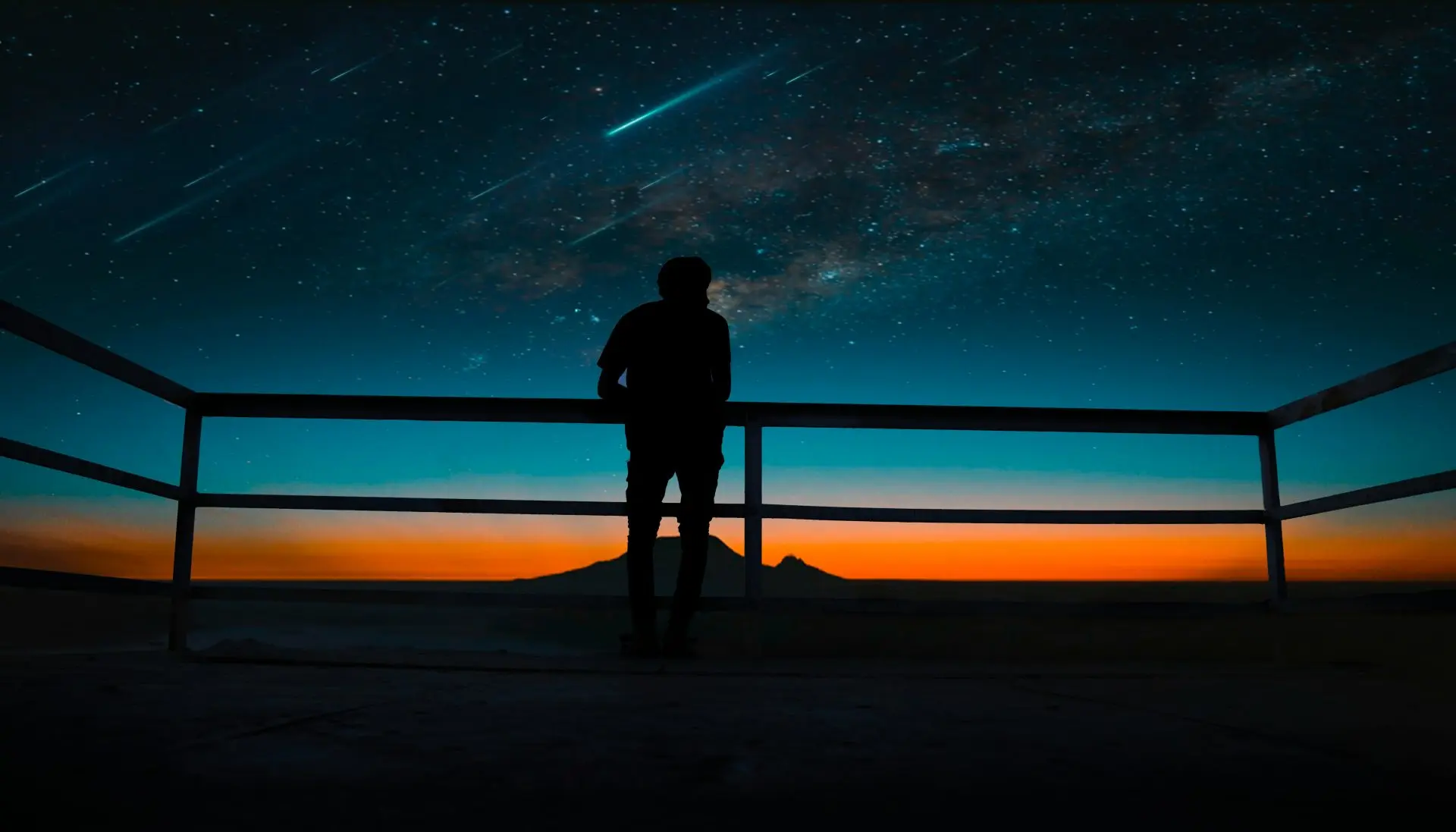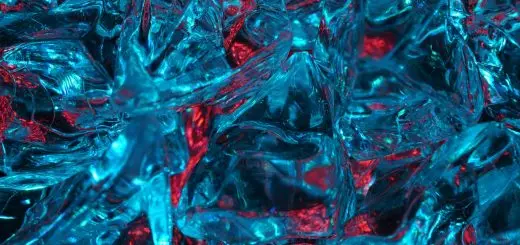Painting Techniques: Mastering Watercolors and Oils

Looking for more amazing products? Check out our online store and explore our collection here! Happy shopping!
Before diving in, please note: This post is for informational purposes only. If you’d like to know more about how we approach topics, feel free to check out our friendly Disclaimer Page.
Hey there, amazing readers! 
We’re committed to delivering quality posts, and your support (even just sticking around despite the ads) means everything to us. So, bear with us, and thanks for helping us keep the good vibes rolling. Now, on to the fun stuff!
TRANSLATE BUTTON AT THE END OF THE ARTICLE
Introduction to Painting Techniques
Artists have long been captivated by the world of painting, exploring the realms of watercolors and oils to create stunning works of art.
Whether you’re a seasoned painter or just starting on your artistic journey, mastering different painting techniques can elevate your craft to new heights.
In this guide, we will delve into the intricate details of watercolor and oil painting, from basic principles to advanced techniques, equipping you with the knowledge and skills to create beautiful masterpieces.
Understanding Watercolor Basics
Watercolor painting is a delicate and transparent medium that uses water-soluble pigments to create stunning artworks.
Unlike oils, watercolors are renowned for their luminous and ethereal quality, making them a favorite among artists for capturing light and color in a unique way.
Watercolors are typically applied to paper, allowing the colors to blend seamlessly and create beautiful washes of color.
Watercolor Supplies and Tools
To embark on your watercolor journey, you will need a few essential supplies and tools.
These include:
Watercolor paper: Choose a high-quality, acid-free paper that can withstand the wetness of watercolors.
Watercolor paints: Invest in professional-grade watercolor paints for vibrant colors and better lightfastness.
Brushes: Opt for a variety of brushes in different sizes and shapes to create various effects.
Palette: Use a palette to mix your watercolors and create custom color combinations.
Water container: Have a container of clean water on hand to dilute your paints and clean your brushes.
Watercolor Techniques for Beginners
For beginners, mastering basic watercolor techniques is essential to build a strong foundation.
Some fundamental techniques include:
Wet-on-wet: Applying wet paint to wet paper creates beautiful soft edges and blends.
Wet-on-dry: Applying wet paint to dry paper allows for more control and crisp edges.
Dry brushing: Using a dry brush with minimal water creates texture and detail.
Layering: Building up layers of transparent washes creates depth and richness in your paintings.
Advanced Watercolor Techniques
As you progress in your watercolor journey, you can explore more advanced techniques to enhance your paintings.
Some advanced techniques include:
Glazing: Applying thin, transparent layers of color on top of each other to create depth and luminosity.
Lifting: Removing paint with a clean, damp brush or paper towel to create highlights and textures.
Negative painting: Painting around an object to create shapes and forms through negative space.
Granulation: Allowing pigments to settle in the paper’s texture to create interesting textures and effects.
Oil Painting Fundamentals
Oil painting is a classic medium that has been favored by artists for centuries for its richness and depth of color.
Unlike watercolors, oil paints use a binder of linseed oil or another drying oil to create luscious and vibrant artworks.
Oil painting allows for blending and layering colors to create intricate textures and details in your paintings.
Essential Oil Painting Supplies
Before diving into oil painting, it’s essential to gather the necessary supplies to create beautiful artworks.
Some essential oil painting supplies include:
Canvas or oil painting paper: Choose a surface suitable for oil paints that can withstand the weight of the paint.
Oil paints: Invest in high-quality oil paints in a variety of colors for mixing and blending.
Brushes: Use a selection of brushes in different shapes and sizes for various painting techniques.
Mediums: Explore different mediums like linseed oil or turpentine to alter the consistency and drying time of your paints.
Palette knives: Use palette knives to mix and apply paint in a more textured and expressive way.
Oil Painting Techniques for Beginners
For beginners in oil painting, mastering basic techniques is crucial to understanding the medium.
Some fundamental oil painting techniques to start with include:
Blocking in: Establishing the basic shapes and colors of your composition with broad strokes.
Blending: Mixing colors on the canvas to create smooth transitions and gradients.
Glazing: Applying thin, transparent layers of color on top of each other to create depth and richness.
Impasto: Using thick, textured paint to create three-dimensional effects and add depth to your paintings.
Advanced Oil Painting Techniques
As you become more comfortable with oil painting, you can explore advanced techniques to elevate your artworks.
Some advanced oil painting techniques include:
Scumbling: Dry brushing a lighter color over a darker one to create interesting textures and effects.
Sgraffito: Scratching into wet paint to reveal underlying layers and create intricate details.
Alla prima: Painting wet paint directly onto wet paint to create expressive and spontaneous works.
Chiaroscuro: Using light and shadow to create dramatic contrasts and depth in your paintings.
Mixing Watercolors and Oils
While watercolors and oils are traditionally seen as separate mediums, mixing them can create unique and interesting effects in your paintings.
By combining the translucency of watercolors with the richness of oils, you can experiment with different textures, colors, and techniques to create truly one-of-a-kind artworks.
Whether you choose to layer watercolors over oils or vice versa, mixing these mediums can unlock a world of creative possibilities.
Tips for Mastering Painting Techniques
To master painting techniques, whether in watercolors or oils, it’s essential to practice regularly and experiment with different methods.
Here are some tips to help you hone your skills:
Practice regularly: Dedicate time each day to paint and experiment with different techniques.
Study master artists: Study the works of renowned artists to learn from their techniques and styles.
Take risks: Don’t be afraid to try new techniques and push the boundaries of your creativity.
Seek feedback: Share your work with other artists and seek constructive feedback to improve.
Have fun: Enjoy the process of painting and let your creativity flow without constraints.
Conclusion and Further Resources
In conclusion, mastering watercolor and oil painting techniques requires dedication, practice, and a willingness to explore new methods.
By understanding the basics of each medium, experimenting with different tools and techniques, and seeking inspiration from other artists, you can elevate your painting skills to new heights.
Whether you choose to focus on watercolors, oils, or a combination of both, the key is to enjoy the process and continue to grow as an artist.
If you’re looking to delve deeper into the world of painting techniques, there are numerous resources available to help you expand your knowledge and skills.
From online tutorials and workshops to art books and classes, there are endless opportunities to learn and grow as a painter.
Remember, the journey of mastering painting techniques is a continuous one, so embrace the process and never stop exploring the vast and exciting world of art.

The Enlightenment Journey is a remarkable collection of writings authored by a distinguished group of experts in the fields of spirituality, new age, and esoteric knowledge.
This anthology features a diverse assembly of well-experienced authors who bring their profound insights and credible perspectives to the forefront.
Each contributor possesses a wealth of knowledge and wisdom, making them authorities in their respective domains.
Together, they offer readers a transformative journey into the realms of spiritual growth, self-discovery, and esoteric enlightenment.
The Enlightenment Journey is a testament to the collective expertise of these luminaries, providing readers with a rich tapestry of ideas and information to illuminate their spiritual path.
Our Diverse Expertise
While our primary focus is on spirituality and esotericism, we are equally passionate about exploring a wide range of other topics and niches 

To ensure we provide the most accurate and valuable insights, we collaborate with trusted experts in their respective domains 
Our blog originally focused on spirituality and metaphysics, but we’ve since expanded to cover a wide range of niches. Don’t worry—we continue to publish a lot of articles on spirituality! Frequently visit our blog to explore our diverse content and stay tuned for more insightful reads.
Hey there, amazing reader! 
Check out our store here and take a peek at some of our featured products below! Thanks for being awesome!










